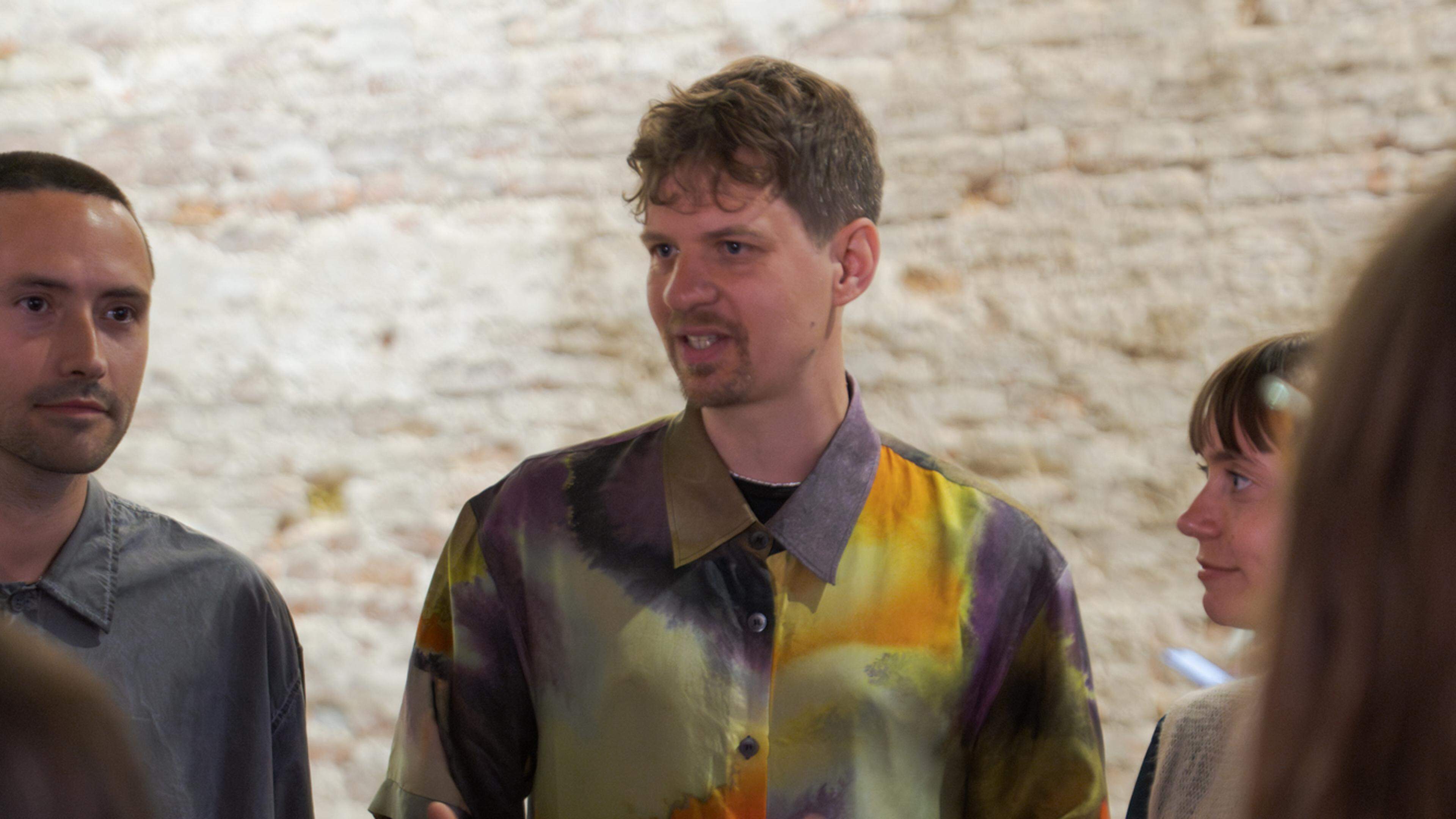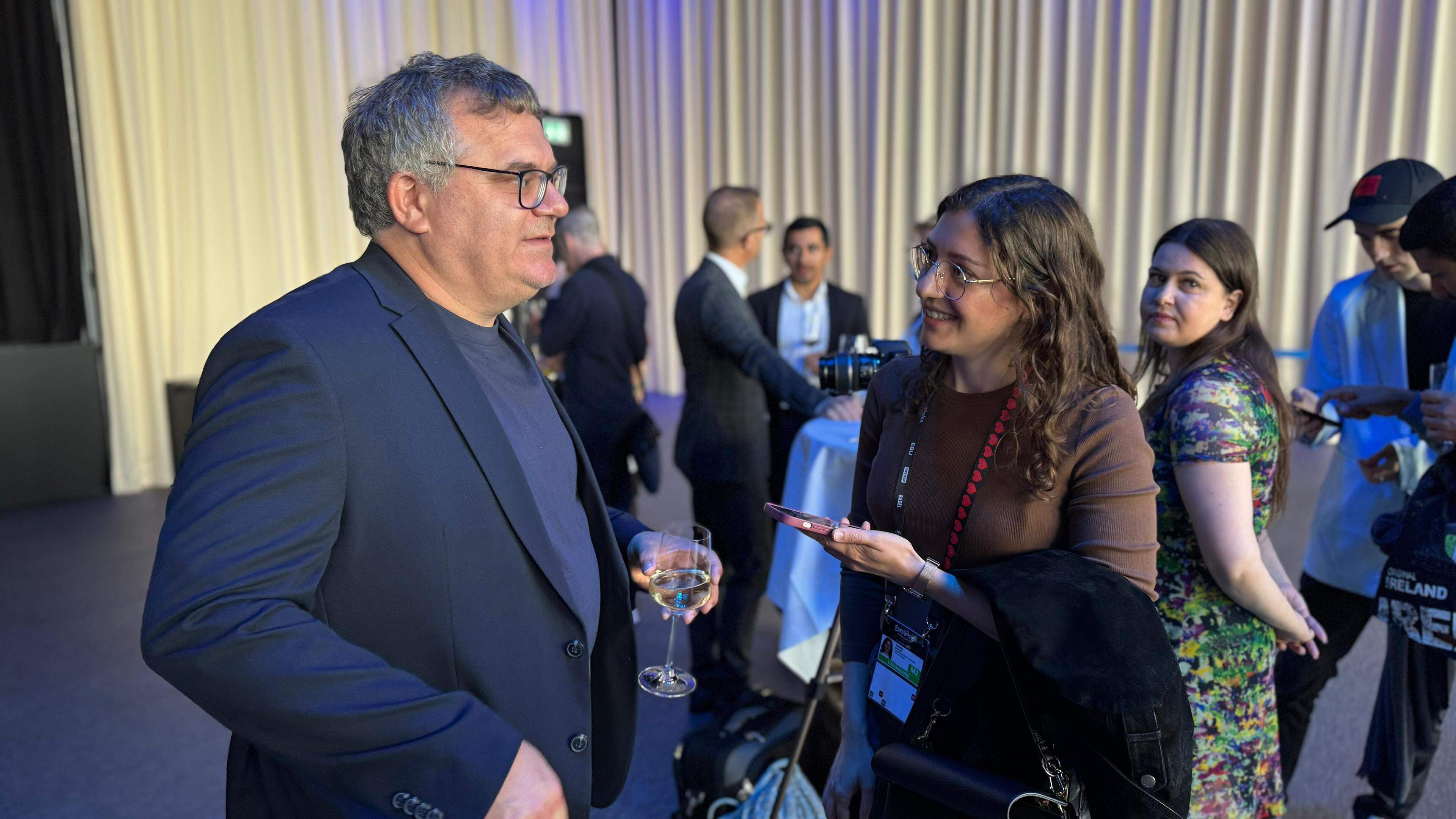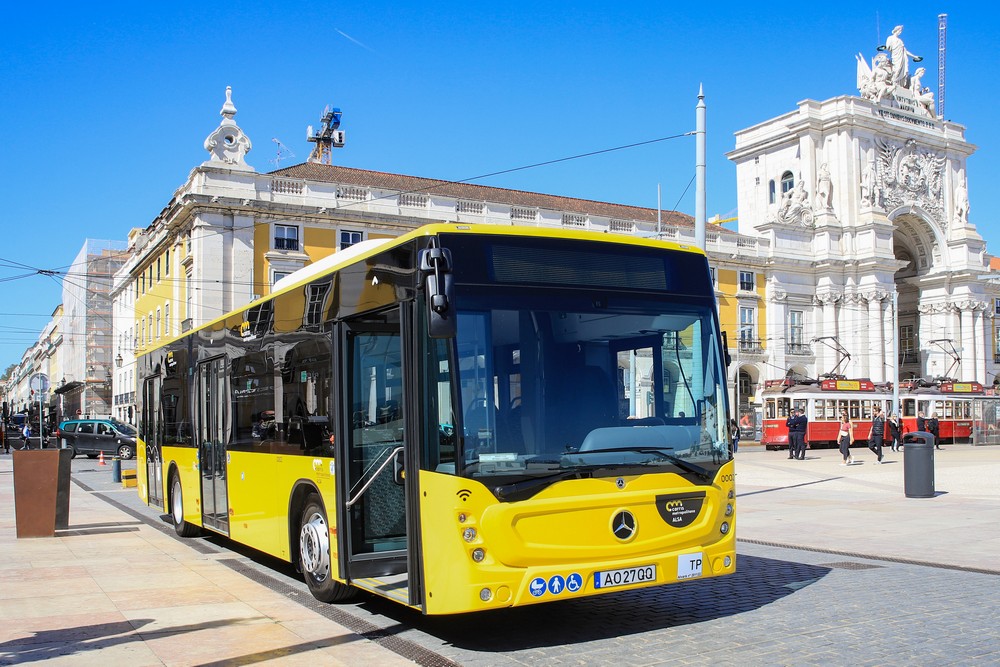Ludwig Berger, how do you actually become a sound artist?

It is music for him what he finds on open terrain. This applies not only to the chirping of songbirds and the chattering of geese, but also to the roar of machines and vehicles, the whirring of apparatus and the vibrations of data stores that are hardly perceptible to the human ear. For Ludwig Berger, the sound artist who plays the Luxembourg pavilion at the architecture Biennale with the curator trio, all of this is not a noise, but what makes his pictures a total work of art.
Berger is now in Montreal at home, but his roots are – the name reveals it – in Germany, as he reports at a meeting in Venice. He grew up in Alsace, so it also speaks French. We later went to Germany to study, then to Switzerland and Italy. And finally to Canada.
But why Canada of all people? Can it be better than artists? « No, my wife comes from there. Montreal is a really great city where there is a lot going on, but at the same time is very relaxed. »
An excerpt from the sound piece « Ecotonalities: No Other Home Than The In-Between », which forms the core of the Luxembourg pavilion on the architecture Biennale in Venice:
Studied composition in Weimar
In addition to a master’s degree in music sciences, art and literary studies at the University of Eichstätt (Bavaria), the basis for his current activity is primarily the study of the electro-acoustic composition at the University of Music in Weimar (Thuringia). « You learn there, roughly circumscribed, with the recorded sounds or heavily edited recordings, » explains Ludwig Berger.
« I had a so -called field recorder early on, took pictures myself and then found at some point that there is a music form that processes it: the Musique Concrète, » said the artist. « Before I took the course in Weimar, I had already composed pieces myself. »
The studies were primarily made up of individual lessons. « For me it was above all a school of hearing; both the precise listening in the studio and in the outside world when recording. » And the topic of soundscape, i.e. the sound of a landscape and the illustration of it, was interested in it before the university training.
I was particularly enthusiastic about the floating photovoltaic system in Differdingen, which had discovered the trio on Google Maps.
Ludwig Berger
From the start, Berger was enthusiastic about the offer of working on the Luxembourg Pavilion for the Architecture Biennale in Venice, as the presentation of the curator trio decided with his ideas. He was surprised in the recordings of the bandwidth of the places, which was primarily proposed by the only Luxembourg in the team, the architect Mike Fritsch.
« I was particularly enthusiastic about the floating photovoltaic system in Differdingen, which had discovered the trio on Google Maps, » said Berger. « There were really interesting sounds there, on the one hand the water, then the birds as well as the electromagnetic waves and even the underwater noises through photosynthesis. »
He was also surprised by the north, such as the dam at Esch/Sauer, and the « places where it became very wild in the landscape. I hadn’t imagined Luxembourg that way. » For example, he liked the nature reserve. « There were a lot of wine chicken; these are the barbecues that you actually know more from southern Europe. »
Microphones as orchestral instruments
The recordings for his sound with the title « Ecotonalities: No other Home Than The In-Between » were created with a true armada of microphones that are comparable to Wagner with orchestral instruments. « Each microphone has its own sound color through which it absorbs noises. For example, I have a device that I use for soil noise, which also appeals very deep frequencies, like a bass instrument. The counterpart is electromagnetic microphones that can capture very high or static sounds. »
In his composition, he orchestrates the recordings in such a way that a wide range of frequencies is covered. « This can be mixed up like an orchestra and so a basic sound of the landscape is created. » Specific sounds have made it into the work that can be heard in the arsenale in the lagoon city. « I am not interested in something that you can hear everywhere. »
Some of the recordings would not be recognized as such in the open field, as he notes. « Certain sounds are not audible for human ears, such as the electromagnetic frequencies. » Others have reinforced to integrate them into the composition. The basic sound should be preserved.
Artist Ludwig Berger at work: The Klangelenen for the installation in the Luxembourg pavilion was compiled at various locations in the Grand Duchy. Photo: Valentin Bansac
A total of 240 hours of raw material were available. « We made a lot of recordings that did not find a place. The piece could theoretically be two hours. Sometimes you get up at 3 a.m., take pictures before sunrise and then later install only a sequence of a bird. »
Theater, radio and other projects
Then there is another question that his parents might also ask him. « You want to know how to make money with it, right? », It bursts out of Berger with a laugh.
Well, on the one hand he also works for the theater or the radio. In addition, he was already working as a scientific assistant in the field of landscape architecture for the Swiss Federal Technical University (ETH) in Zurich, where he examined the sound of alpine glaciers.
I am neither 100 percent artist nor 100 percent musician.
Ludwig Berger
Berger likes not to belong to any scene. « I am neither 100 percent artist nor 100 percent musician. » He currently enjoys the time in Venice, but he could also perform in clubs, as he explains with a laugh. « And since my work cannot simply be hung on the wall, they always change with the context in which they are presented. »
Incidentally, the journey to the lagoon city was not only worth it for Ludwig Berger because of the pavilion appearance: as a sound artist, he goes through the world with open ears. « Here in Venice I really enjoy the soundscape because there are no cars. It is incredible what effects it has. A few days ago it rained heavily and actually you hear car noises in the city that are reinforced by the rain. » A car -free city has the artist have completely new experiences; Experiences that may be the beginning of a new project.
It has already become painfully aware that his hearing has long since exceeded the zenith. « Last year in Italy, my wife heard a zicade whose chirps were very frequent. I didn’t notice the insect. » Everyone hears differently. « And you only have the perfect hearing between the ages of 18 and 25 anyway. »
Starting shot on the Grand Canal without guests from the palace
The interpretation of what would come in the ear is much more important. “Some time ago I have a radio piece about a woman with a cochlea implant (An electronic hearing prosthesis, editor’s note) made. When she hears a bird singing, she has the feeling that she can get the complete vocals. » Just like him.







